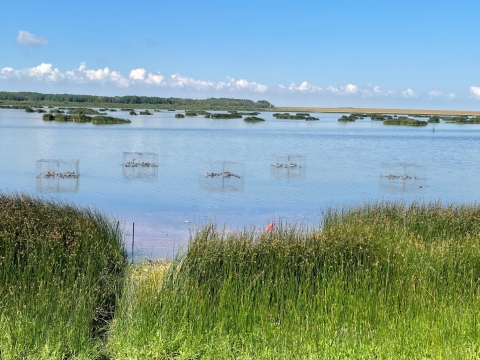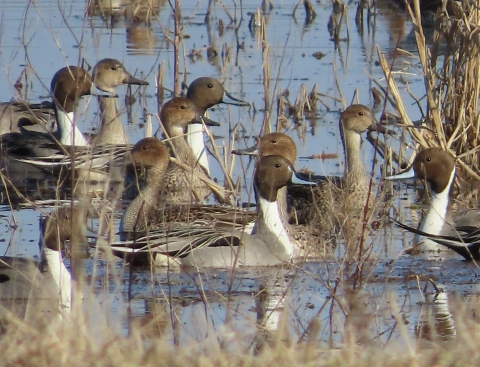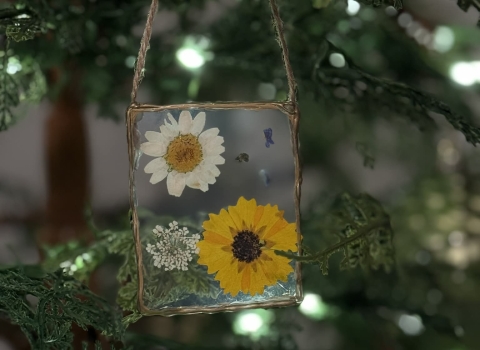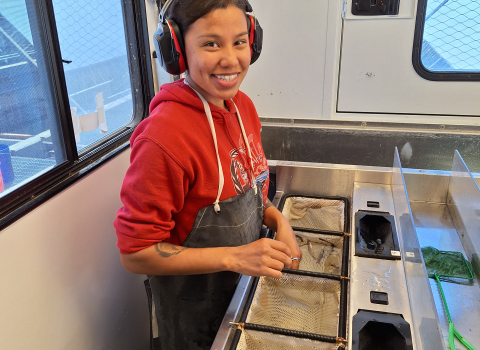It’s been three years since I have been back to Canada. I was excited that we got to continue the banding project, however, I wanted to see how all the places that we trapped before had changed during the pandemic. The water levels were extremely low, worse than I had seen in the previous six times I helped on this project. I have been coming up here on and off since 2014 and watched our trapping areas change over time. It was different this year as I also saw how it affected the people out here. For landowners that we worked with and the small businesses that we have grown to love and appreciate, some were able to make it through the pandemic unharmed, but others were not as lucky.
This month was especially hard as we had a lot of other factors to contend with, such as lower-than-usual water levels, hot weather, a shorter time frame to get the job done, and the increased concern for Avian Influenza. Out of the three weeks at our waterfowl banding station, I think we only had two “normal” days of trapping where it was just the crew checking traps and banding ducks. We caught ducks for Environment Canada for their Avian Influenza monitoring, which meant different protocols than normal banding, and more people that came out with us. Blood, feather samples, and morphological measurements were all taken. It was interesting to watch them but it required a certain amount of vigilance so we didn’t inadvertently release a bird prematurely before it was sampled for Avian Influenza. However, the slower pace was a nice respite during the heat. I usually bring cold weather gear and look forward to the low temperatures as this birding banding used to give me a break from the scorching heat down in the U.S. This year, not so much. It was everything we could do to keep cool!
This year my crew consisted of our crew leader, Walt Rhodes, a pilot-biologist stationed in Bend, Oregon, me, refuge manager at Minidoka National Wildlife Refuge in Rupert, Idaho, Stephen Barlow, a pilot-biologist stationed in Florida, and Marissa Thalken, a wildlife biologist in Ecological Services stationed in Minneapolis, Minnesota. During our short time here, we managed to band 4,196 ducks, which included mallards, northern pintails, redheads, canvasbacks, green-winged teal, blue-winged teal, gadwalls, and American wigeon.
Despite the heat and new challenges that came our way, this detail continues to provide a continuous path to learning and meeting new goals. The crew leader liked to tell me that it’s character building. This year taught me a lot about myself and challenged my ability to adapt to change. I have worked with the same crew leader since 2014 and know his quirks well. Like when we get slowed down or have a not-so-good-duck-banding day it usually entails turning up the radio when Rush comes on to get him back into a good mood. I had two new members that came from different parts of the U.S. than me and it was interesting to see how different we truly were, like learning how to work with people that have different perspectives and work ethics. Even with all our differences we still managed to work together and have a successful banding month. These learning experiences are invaluable. As a refuge manager, I too must maintain relationships with landowners, visitors, and other agencies. I have learned that it takes every little bit of help to get something accomplished.








